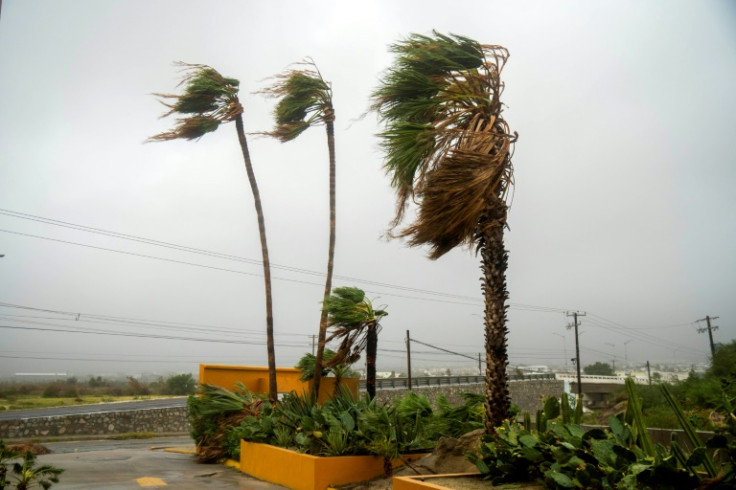
El Salvador's President Nayib Bukele on Sunday declared a state of emergency as tropical storm Pilar, which can cause heavy rainfall and floods, was expected to hit the country Tuesday night or Wednesday morning, according to the U.S. National Hurricane Center (NHC).
The El Salvador government has issued a "red" alert, considered to be the highest of a four-level scale of alerts. According to the NHC advisory, the "core of the system is forecast to stay offshore," Reuters reported.
While the winds are currently 40 miles per hour (65 km/h), it can increase more within two days. "Additional strengthening is forecast over the next couple of days, and Pilar could be near hurricane strength by Tuesday," the center added.
El Salvador isn't the only Latin American country to deal with a storm, as last week Hurricane Otis destroyed the Mexican city of Acapulco on the Pacific coast, killing 48 people. Meanwhile, Honduras also issued a Tropical Storm Watch for its Pacific coast.
Tropical Depression 19-E formed in the eastern Pacific on Saturday afternoon, just a few hundred miles away from the southwest of El Salvador, and on Sunday, it slowly moved toward the north-northeast, as per AccuWeather.
AccuWeather Senior Meteorologist Adam Douty said over the weekend, "Water temperatures are well into the 80s F in the region, which is well above the threshold of 80 degrees to foster tropical development."
"There is very little wind shear affecting the system," he continued, adding, "The newest storm is likely to track in farther to the south along the coast when compared to Otis."
"While that is good news in Acapulco, where search, rescue, and recovery operations are underway in the wake of Otis, the storm could deal a heavy blow to areas farther to the south along the Pacific coast, should it make a turn back toward the east or northeast," he said.
Senior Meteorologist Jake Sojda noted that if this storm reached El Salvador, then it would be the second storm since Selma in 2017.
Although the impact of Selma was minor in El Salvador, it affected over 38,000 people and 3,500 homes due to the overflow of rivers in Honduras at that time.
© 2025 Latin Times. All rights reserved. Do not reproduce without permission.







